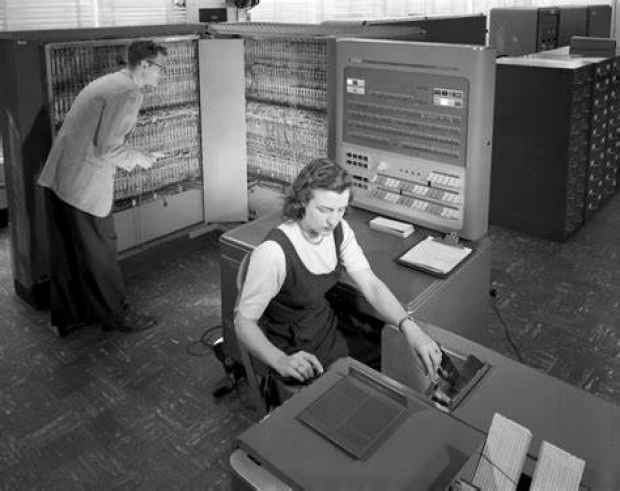Last month, the US Department of Energy (DoE), which hosts Summit in Oak Ridge National Laboratory, awarded a total of over seven million node hours on the supercomputer to 20 research teams, two of which belong to GE Research.
The Summit supercomputing system is the second most powerful in the world, behind Japan’s Fugaku supercomputer located. The Tame Apple press desperate to give their favourite company a plug in the story claimed that the Summit boasts system power equivalent to 70 million iPhone 11s. We are not sure which planet this figure came from. Summit can manage 200 petaFLOPS, while the iPhone 11 can do 2.65 GHz no matter how many of them there are.
GE said the two projects will address sticking points in the generation of renewable energy.
One team, led by GE researcher Jing Li, received 240,000 node hours to advance research in the field of offshore wind power. Using the Summit supercomputer, Li hopes to be able to run complex simulations to study new ways of controlling and operating offshore turbines to best optimise wind production.
Li's team will be looking at a wind phenomenon known as coastal low-level jets, which occur along many coastlines and can affect the performance and reliability of offshore wind turbines. Thanks to high-fidelity computational models, the researchers will simulate interactions between wind farms and coastal low-level jets, to inform future, more efficient designs for the farms.
The findings will also be used to guide the DoE's ExaWind project, which is designed to accelerate the US's deployment of onshore and offshore wind plants.
Researcher Michal Osusky was also awarded another 256,000 node hours on Summit for a separate research project that focuses on applying machine-learning methods to improve the design of physical machines like jet engines or power generation turbines.
Combining machine learning and simulation, Osusky's team could mimic real-world engines quickly and run virtual tests to verify designs faster than with conventional means.
"These simulations would provide unprecedented insight into what's happening in these complex machines, way beyond what is possible through today's experimental tests", said Osusky. "The hope is we can utilize a platform like this to accelerate the discovery and validation process for cleaner, more efficient engine designs that further promote our decarbonisation goals."

